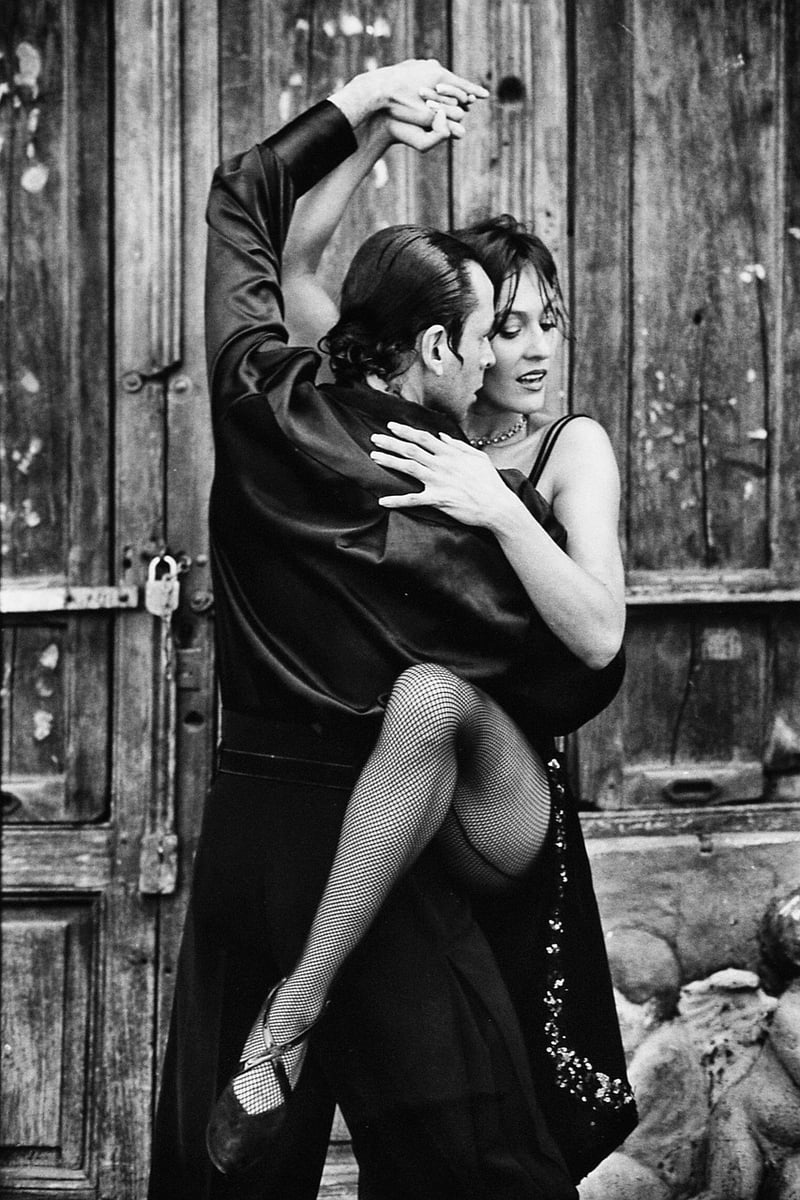Contemporary
The Art of Expressive Movement in Contemporary Dance

Contemporary dance is a captivating form of artistic expression that allows dancers to break free from traditional techniques and explore new ways of moving. At the heart of contemporary dance lies the concept of expressive movement, which enables dancers to convey emotions, stories, and ideas through their bodies.
What is Expressive Movement?
Expressive movement in contemporary dance involves using the entire body to communicate feelings and thoughts. Dancers focus on portraying their innermost emotions through fluid movements, dynamic gestures, and powerful expressions. Each movement is intentional and serves a purpose in conveying a message to the audience.
The Role of Emotions
Emotions play a central role in expressive movement. Dancers draw inspiration from their own experiences, feelings, and imagination to infuse their performances with authenticity and depth. Whether it's joy, sorrow, fear, or love, emotions drive the movement and connect the audience to the dancer's narrative.
Techniques and Styles
Contemporary dance offers a vast array of techniques and styles that support expressive movement. From release-based movements to floor work, improvisation, and partnering, dancers have the freedom to explore various approaches to convey their emotions physically. This versatility allows for creative expression and innovation in choreography.
Expressive Movement in Choreography
Choreographers play a crucial role in shaping the expressive movement in contemporary dance. They collaborate with dancers to create choreography that not only showcases technical skill but also conveys a deeper meaning or story. Through innovative movement sequences and thematic exploration, choreographers bring the expressive vision to life on stage.
The Impact on the Audience
Expressive movement in contemporary dance has a profound impact on the audience. By witnessing dancers express raw emotions and personal stories through movement, viewers are taken on a journey of empathy, reflection, and connection. The power of expressive movement lies in its ability to evoke emotion and create a shared experience between the performer and the audience.
Experience the beauty and power of expressive movement in contemporary dance, where every step, gesture, and expression tells a story beyond words.
